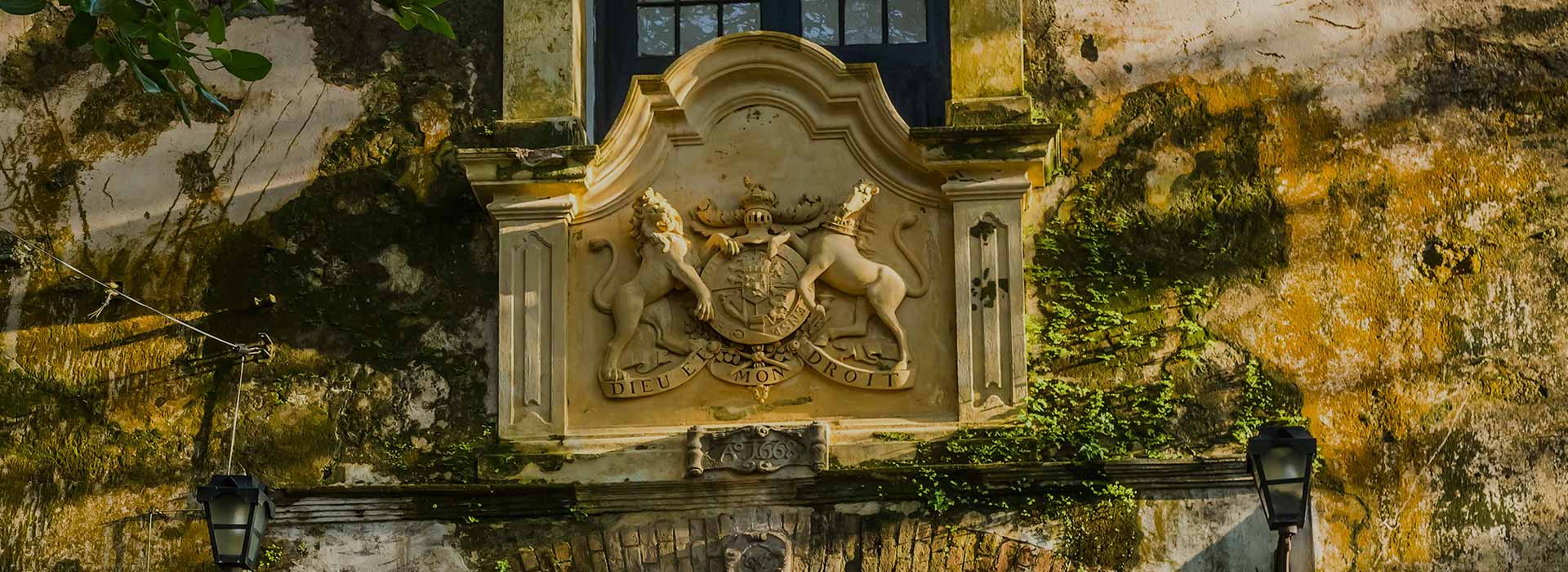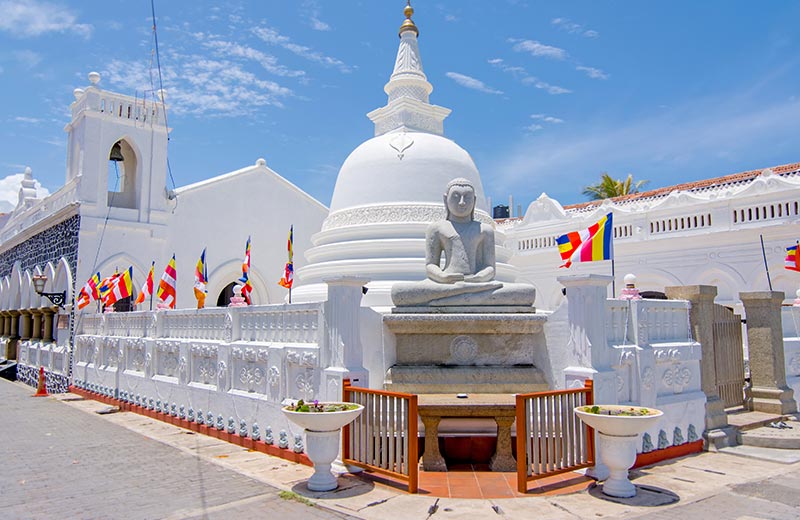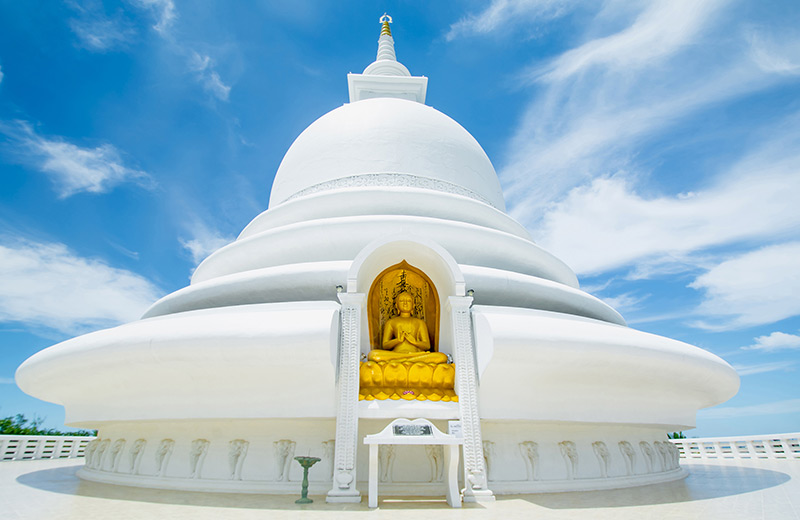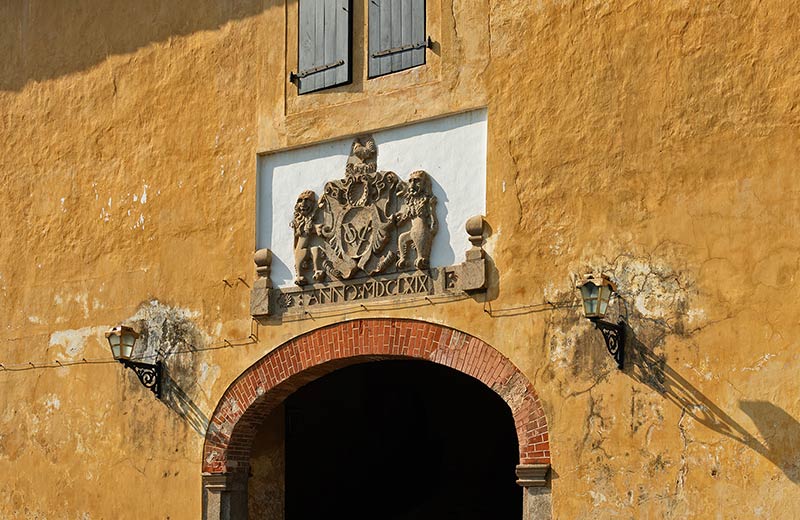Old Gate
The Purpose of the Fort
The Galle Fort is a major heritage monument that has been designated as one of Sri Lanka’s UNESCO World Heritage Sites, with a history that goes back for over 400 years. It was initially built as a stronghold by the Portuguese in 1588, who only reinforced the northern land-bound side of Galle because they did not believe that the area was susceptible to attacks by sea. In 1649, when Sri Lanka was taken over by the Dutch, the area of Galle Fort was widened and extensively fortified from all sides, defending against attacks from both land and sea.
Location of Gate
Today, there are two gates that can be used to enter the Fort. The Main Gate stands in front of the Galle International Cricket Stadium and is known as the British Gate. To the left of the northern wall, the Old Gate is the only part of the Portuguese fortifications that remain after the renovations of the Dutch and the British and is therefore sometimes called the Portuguese Gate.
Interesting Features
The Old Gate is integrated with a two-storey warehouse building that is now the National Maritime Museum. It features a British coat-of-arms carved into the top of the gate on its outer face, while the gate facing the inside of the Fort depicts an inscription with the date 1669 and the initials of Dutch East India Company (the letters “VOC”, which stands for Verenigde Oostindische Compagnie). The inscription is flanked by the carvings of two lions, and a rooster between them.



